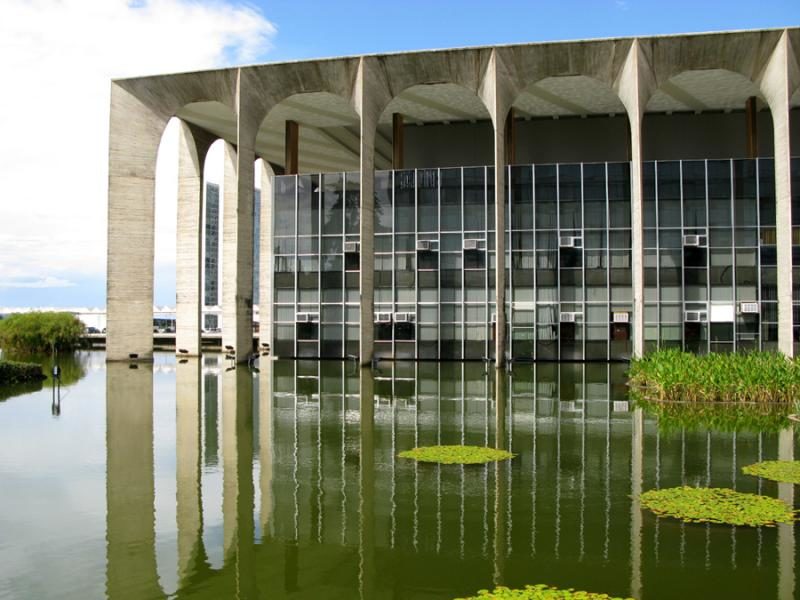I have been an architecture traveller for many years.
Brazil was the first place to visit that had no significant modern architectural interest, besides the city of Brazilia and Niemeyer’s works.
Rio de Janeiro is probably the city with the best geophysical location in the world. The contradiction between the sea, the coast and the natural settings is unique. We had the chance to view Copacabana and Ipanema almost empty due to the weather, experiencing the natural beauty in comparison with the blocks of high rises on the other side of the road. Whoever thinks that the giant statue of the Christ the Redeemer atop Corcovado Mountain is overestimated can visit it to understand why it is one of the New Seven Wonders of the World.
Watching a final game between Botafongo and Flamingo in Maracana gave every traveler an unforgettable experience of this monumental stadium.
Visiting the favelas of Rio, joining a State protected tour, one could feel the biggest contradiction in Brazil and learn how these small villages expand using their own ‘anonymous architecture’.
The Museum of Modern Art and the ‘ufo shaped’ Contemporary Art Museum gave us a first touch with the great work of Oscar Niemeyer.
Landing on Brazilia, you can see the airplane city’s shape that was planned and developed in 1956 with Lúcio Costa as the principal urban planner and Oscar Niemeyer as the principal architect. Although it is a World Heritage Site by Unesco, as an architect I felt completely out of scale.
Brazilia was an ambitious project by president Kubitschek which failed. The zoning that was applied in this city turned out to be its disaster due to the obligatory use of car for any transfer. Oscar Niemeyer has designed some of his most beautiful and pioneering buildings here, but this is not enough for a whole city to be functional.
One can say that the superquadras (The residential zones of the inner city are arranged into “superblocks”, groups of apartment buildings along with a prescribed number and type of schools, retail stores, and open spaces) are the only successful design paradigms in this use of modernist architecture on a grand scale.
We visited the famous Monumental Axis both days. On the first day there was a big fiesta celebrating the annual city anniversary. Thousands of people had filled out this colossal area having fun. On the second day a melancholic empty concrete plaza stood there, surrounded by beautiful half-empty federal district and municipal buildings.

Sao Paolo is a huge and dangerous city. Viewing the city from the top of Edificio Copan the mass of multi color skyscrapers is disappointing. Many interesting modern architecture buildings can be found in Sao Paolo, like the unique MASP, the Pinacoteca do Estado, the Museum of Sculpture and Galeria Leme by ‘Pritzker prized’ Paulo Mendes da Rocha and Oscar Niemeyer’s buildings.
What was really exciting was the SESC Pompéia complex. This multi-cultural space which is funded by the union of workers and is used as a club only by them is a paradigm of social and collective effort.
It was also the first time that a lot of non-architects joined this trip. In the end they were all delighted with the idea of architecture traveling and went back to their daily lives wealthier.
Find out more about ArchiTravel Destinations: www.architravel.com/destinations/the-contradictions-of-architecture/



